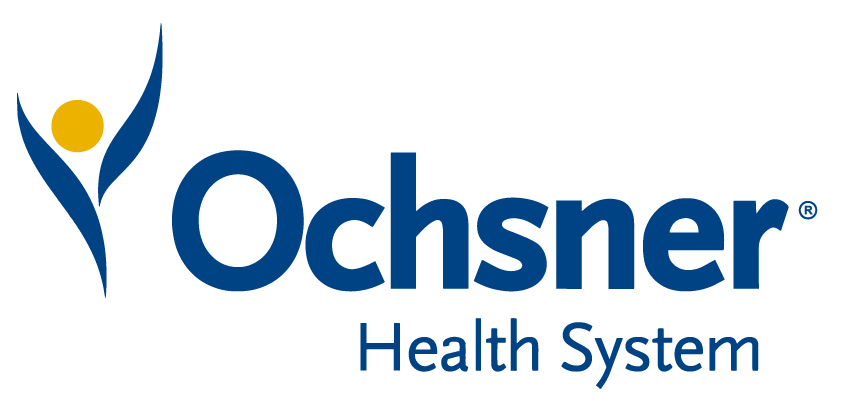
Providence Health, like many healthcare systems, faced significant challenges in optimizing operating room (OR) efficiency, often constrained by outdated block management practices, limited real-time visibility into OR availability, and artificially restricted capacity due to mismanaged block time. These inefficiencies limited Providence’s ability to maximize OR utilization, impacting patient access and delaying care.
Kevin Streeter, Executive Director of Operations at Providence, will share how the organization implemented data-driven strategies and AI-powered technology to transform its OR management practices. By improving key processes, Providence reduced abandoned block time by 30%, increased block utilization by 5%, and extended proactive block release times to an average of 28 days. These enhancements enabled Providence to serve over 6,000 incremental patients in just 10 months, significantly reducing surgeons’ backlog of cases—in some instances, by as much as 50%—and ensuring patients received care earlier. This initiative not only enhanced patient access but also contributed to financial margin growth, providing additional resources to further invest in the organization’s mission and community health programs.
Learn how the Providence team established governance structures, navigated system-wide change management, and collaborated with their technology provider to deploy an AI-powered solution across 422 operating rooms in six states within nine months.
Learning Objectives:





Take the first step towards unlocking capacity, generating ROI, and increasing patient access.